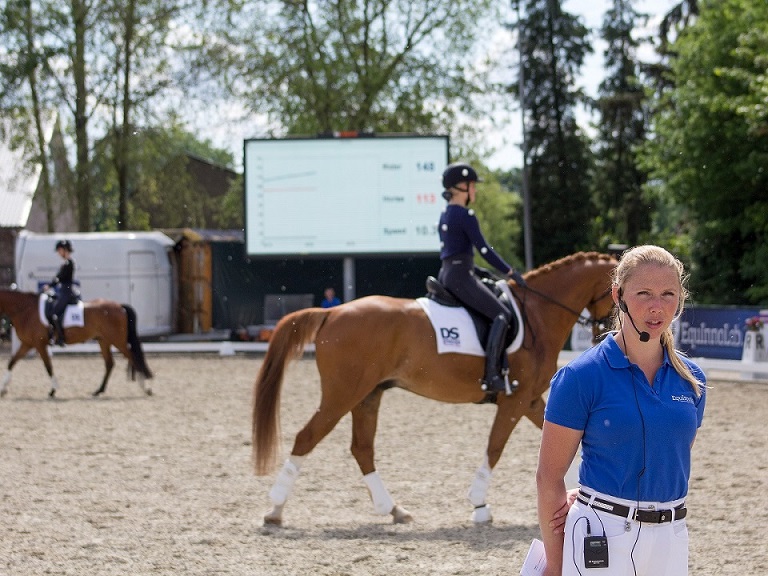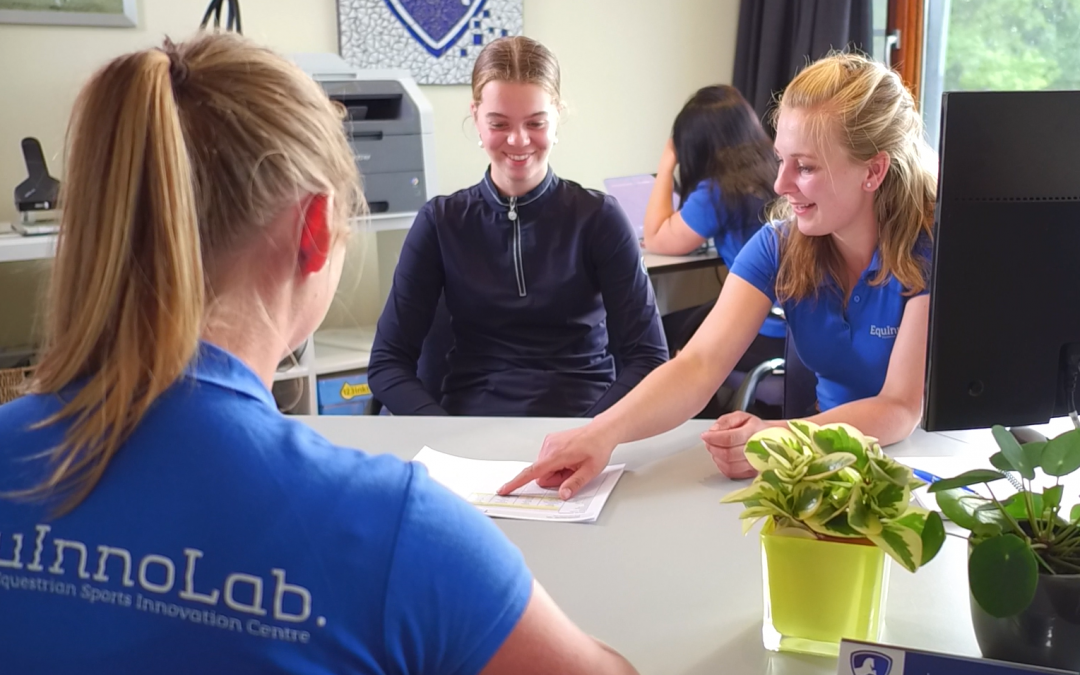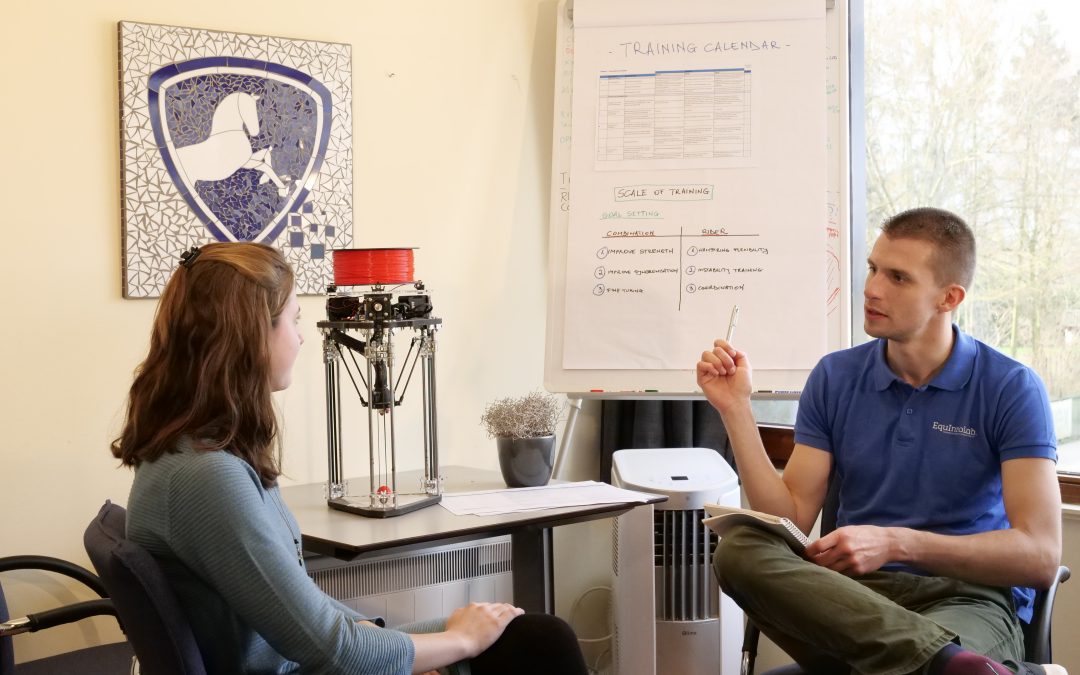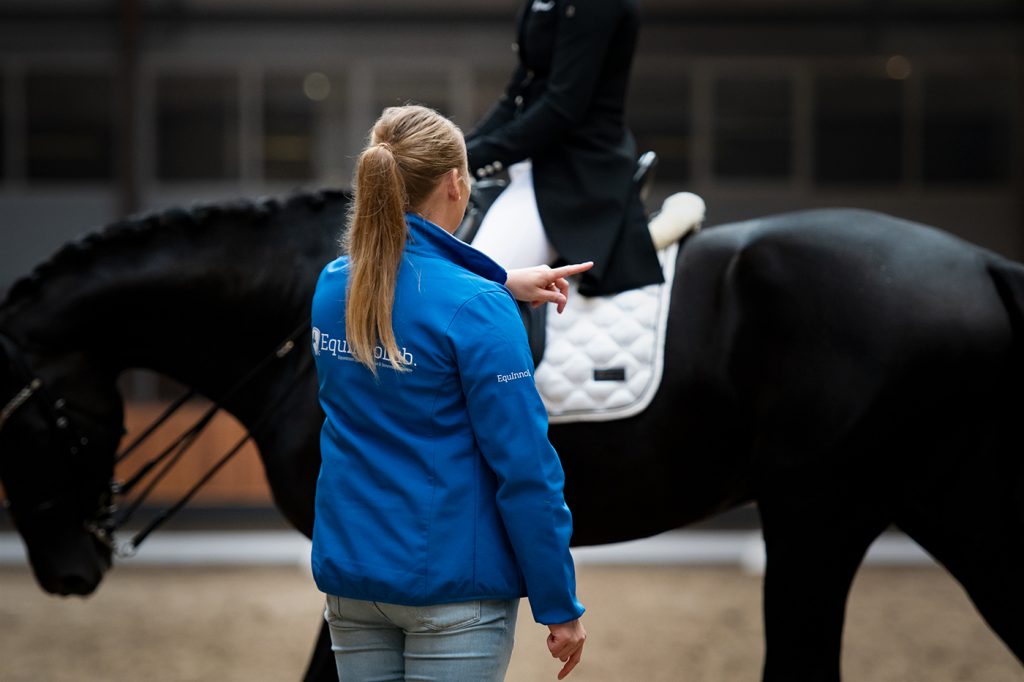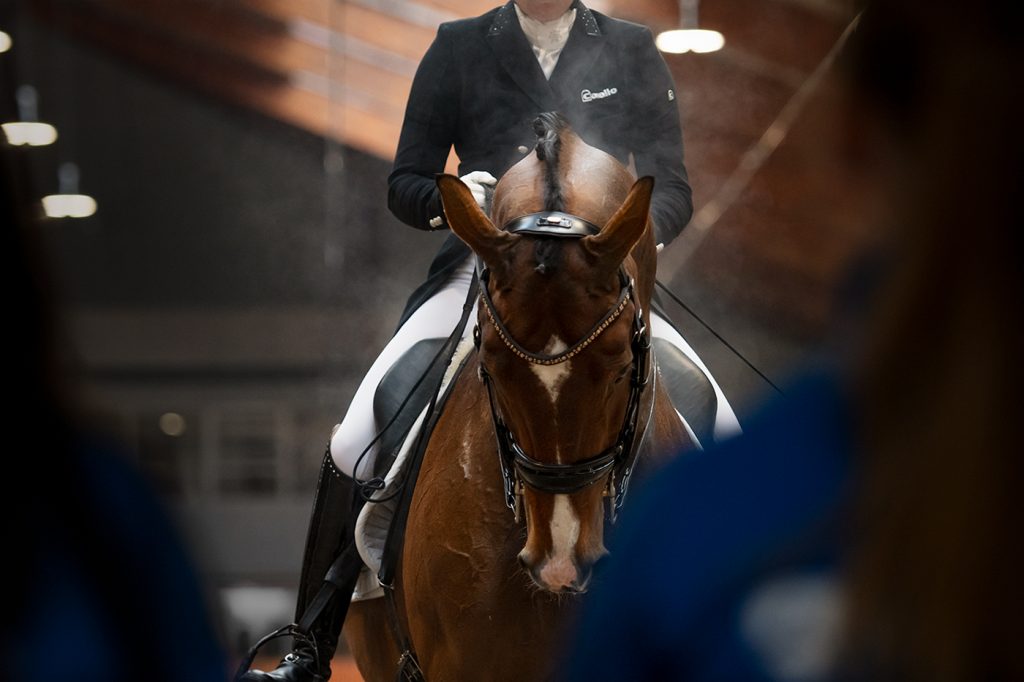We will explain what training principles are, how it is used in sports, and what you should know about them. We will also show you that these training principles are useful for you and your horse.
There are a lot of influences on the performance of you and your horse. To understand why your horse is performing good or less good as normal a critical look in your training can be useful. In the last years scientist and coaches developed principles of a good training. These principles are used as a guide line to make a good program. Every separate principle needs to be considered when you want optimal performance of yourself and your horse.
Training principles
The principle of specificity
When you want to excel in a specific sport or skill the athlete has to specifically train this skill. The training will focus on a specific movement pattern, metabolic demand, force generation and muscle recruitment pattern. Specificity is a progress that develops over time, first a more general training is needed to achieve a general fitness.
The principle of individualization
Every individual athlete, as well in human athletes as in equine athletes, is unique. Each body reacts differently on a certain stimuli. A good trainer considers the athlete’s abilities, potential, learning characteristics and the demand of the discipline in sport that he is practicing. For this reason one horse and rider will benefit from a certain exercise program where another horse barely improves with the same program. A well-designed program needs to be based on the individual differences of you and your horse.
The principle of variety
To stay motivated to train variety is important. A lack of variation in the training program can lead to a monotonous program overtraining and boredom. This is directly related to a poor performance, where the body is not reacting on the training stimuli that is given. No matter how logical this may sound it can be tempting to train something over and over again. Optimal training adaptations occur in a response to a varying training load and content. Bringing variation in a schedule can be done in many ways. For example alternate in the motoric skills that need to be trained, or altering training volume, frequency or intensity and exercise selections.
The principle of overload
The body is always adapting to a certain stimuli. This is also known as the training load or physical stress. In order to improve fitness the training load or physical stress needs to be challenging for the body. This means that the stimuli needs to be more challenging than the body is used to. This stimuli can be a higher intensity, frequency or duration of the normal training. Always be careful the amount in which you increase the workload. For a healthy improvement of the fitness, with as little as possible risk for injuries, there is an optimal time frame for an optimal level of overload. When the increase in overload goes too slow, improvement will likely not occur. When the increase in overload goes too fast you and your horse are in risk for injuries.
The principle of balance
An athlete need an overall level of fitness. The body needs to be physical fit an mentally healthy and strong. This might looks like it in contradicting the principle of specificity. However in order to train towards a specific goal the whole body needs to be trained. There is a need for a certain balance in the training program, in order to avoid overcharging a specific part.
The principle of reversibility
The principle of reversibility makes it clear that there has to be a consistent training. When you train inconsistently, due to lack of time, injury or illness the progress you made in training will disappear. Physical training ideally should take place between three and five times each week. When you complete stop training there will be a loss of fitness. Other reasons for a loss in fitness can be non-training ‘external’ stress or an inadequate recovery from your previous intense training.
The principle of structural tolerance
The body needs time to adapt to a certain training load. The structural tolerance is the ability to withstand weeks or months of high-volume training without any injuries, illness or fatigue that can cause overtraining. The body is adapting to this high-volume training and will perform this with less effort and muscle breakdown. To achieve a structural tolerance years of general and specific training are needed.
The principle of recovery
In order for the fitness to improve the body needs time to recover from the training. This can be a short rest between exercises or a couple of days were the horse is only trained at a very low intensity or not at all. In the rest and recovery time the body has time to repair itself. During training muscles and tendons are slightly damaged. When the horse, and human athlete, won´t get the time to recover from the small tissue damage, this will lead to injuries or overtraining.
How does our sport use this knowledge?
Principles of training are commonly used in many sports. They are implemented in a periodization program, which is a program carefully designed for each individual athlete.
In equestrian the use of training principles as a reference to design their training is quite rare. Most riders are not familiar or educated in how to design a training program and are unaware of the existing of training principles. In disciplines as racing and endurance there is more awareness off effective ways to train. In these disciplines the training principles are assimilated in the training program.
Lately there has been more attention to the principles of training a horse when it comes to learning principles. This is a good development cause it will help riders in improving the way they are training. Adding knowledge about the principles of physical training will help riders improve their horses more efficiently with less injuries.
What does research tell us about training principles?
There are only few studies aiming for the effect of training on the horse. The studies that considered the influence of a training do find that horses benefit more from a certain training. The studies use their knowledge of the principles of training for human athletes in order to design test a training program. However at this moment there is so much unclear about the effect of certain train programs on horses that there are no specific studies.
There is a growing interest in scientific research concerning the training of the horse. These studies will give us an insight in how a horse reacts on a training. It is known that horses differ from human athletes especially in cardiovascular and respiratory capacities. Current studies found that horses react differently on certain training program. This might seem obvious, however there is a lot unclear about how a good training is distributed. For example in the principle of overload it is still hard to establish the amount of training needed for an overload without the risk of overtraining.
How current and valid is the research?
In human athletes the principles of training have been described by different scientific authors. In human athletes the principles are widely accepted by athletes and coaches, and has proven to be successful. Therefore this system is very reliable.
We know that the principles of training are a good baseline for a training program. What is still unknown due to a lack of valid studies is the precise influence and application of each individual principle. There are multiple non valid studies that do give us an insight in the effect of training of a horse. Since these outcomes lack in power there is much more research needed.
What is your take-away?
Our horses are athletes and no matter what your goal is, your horse needs to be trained. To design a good training for your horse it is important to know what a good training means. The principles of training can help you with understanding different training types and effects. It will give you an idea of how a training program should look like, which is more efficient and with less chance on injuries.
The importance of a good training program cannot be underestimated. The influence of a training program can make the difference in your results. At EquInnoLab. we are specialized in the training physiology and designing training programs. With our knowledge you don´t have to become an expert in physiology in order to train your horse. EquInnoLab. can make an training program for your horse. The program is always individually customized to you and your horse and takes your goals and preferences into account.
What do we want to know more?
The principles of training are known to be a good baseline to develop a training for human athletes. It is know that horses react differently on training stimuli than human athletes. There are huge differences in cardiovascular and respiratory capacities between man and horse. Also the lactate threshold for horses is higher compared to human athletes.
It is therefore possible that the horse also reacts differently on the individual principles of training. It is expected that they can be applied on horses, however the ratio in which they should be used in still unknown. If we would be able to study this it would be beneficial to develop a better training program for our horses.
Sources
- de Bruijn, C.M., Houterman, W., Ploeg, M., Ducro, B., Boshuizen, B., Goethals, K., Verdegaal, E.L., Delesalle, C. (2017) Monitoring training response in young Friesian dressage horses using two different standardised exercise tests (SETs). BMC Veterinary Research. 14;13(1):49
- Bompa, T.O., Buzzichelli, C.A. (2019) Periodization: theory and methodology of training (6). Champagn IL: Human Kinetics
- Hodgson, D. R., & Foreman, J. H. (2013). In The Athletic Horse: Principles and Practice of Equine Sports Medicine: Second Edition. Elsevier Inc..
- Munsters, C.C.B.M., Kingma, B.R.M., van der Broeke, J., Sloet van Oldruitenborgh-Oosterbaan, M.M. (2002).A prospective cohort study on the acute:chronic workload ratio in relation to injuries in high level eventing horses: A comprehensive 3-year study. Preventive Veterinary Medicine, 179: 105010
- Seeherman, H.J. (1991) Treadmill exercise testing. Treadmill installation and training protocols used for clinical evaluations of equine athletes. Veterinary Clinics North America Equine Practice. 7(2):259-269
- Stone, M., Plisk, S., Collins, D. (2002) Training principles: evaluation of modes and methods of resistance training–a coaching perspective. Sports Biomechanics. 1(1):79-103.
- Zaryski, C., Smith, D. J. (2005) Training principles and issues for ultra-endurance athletes. Current sports medicine reports, 4 (3), p. 165-170.

